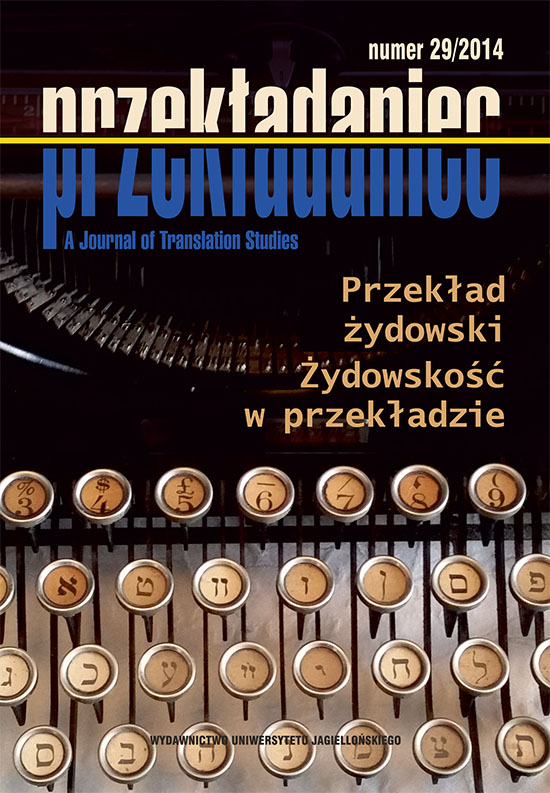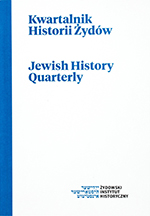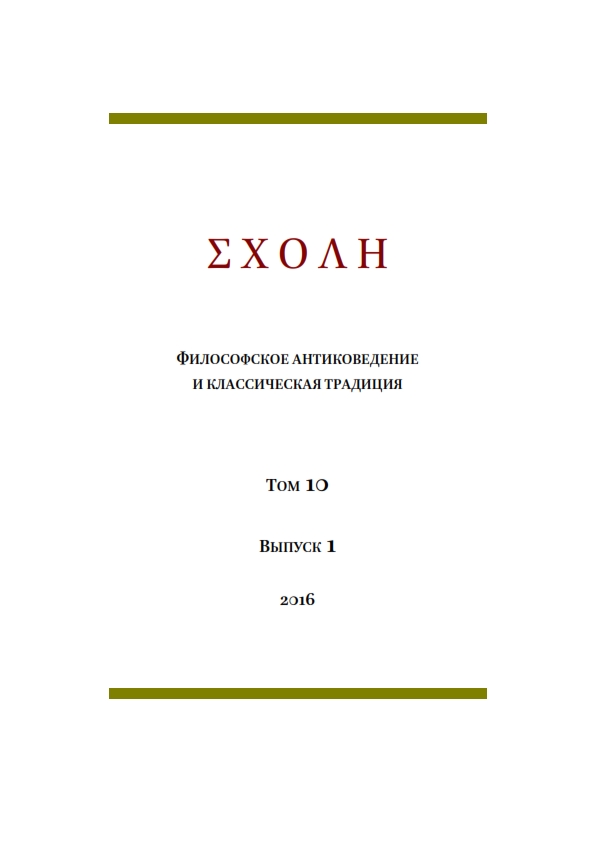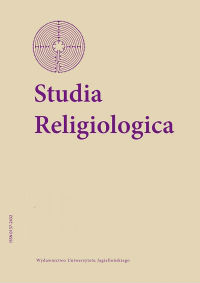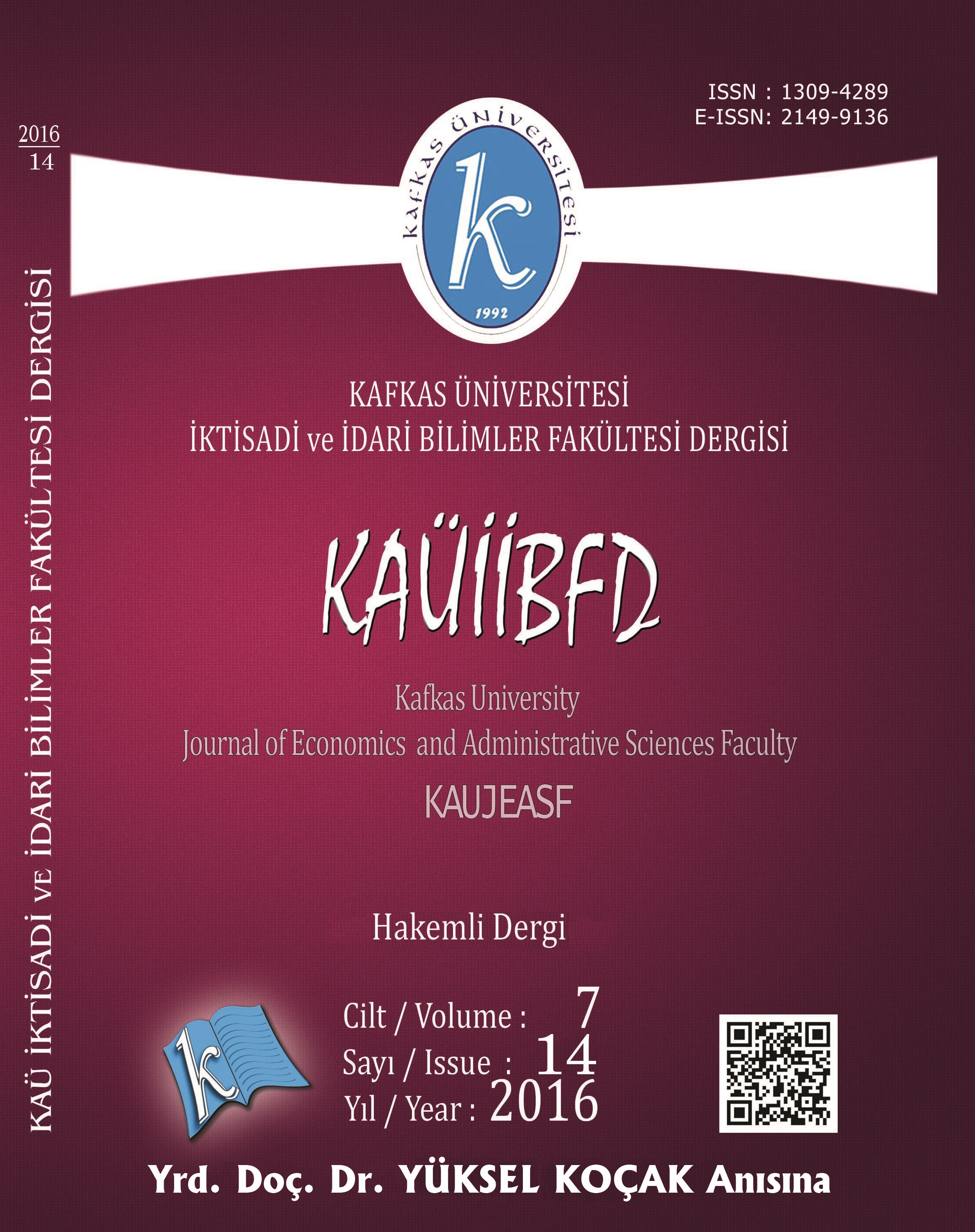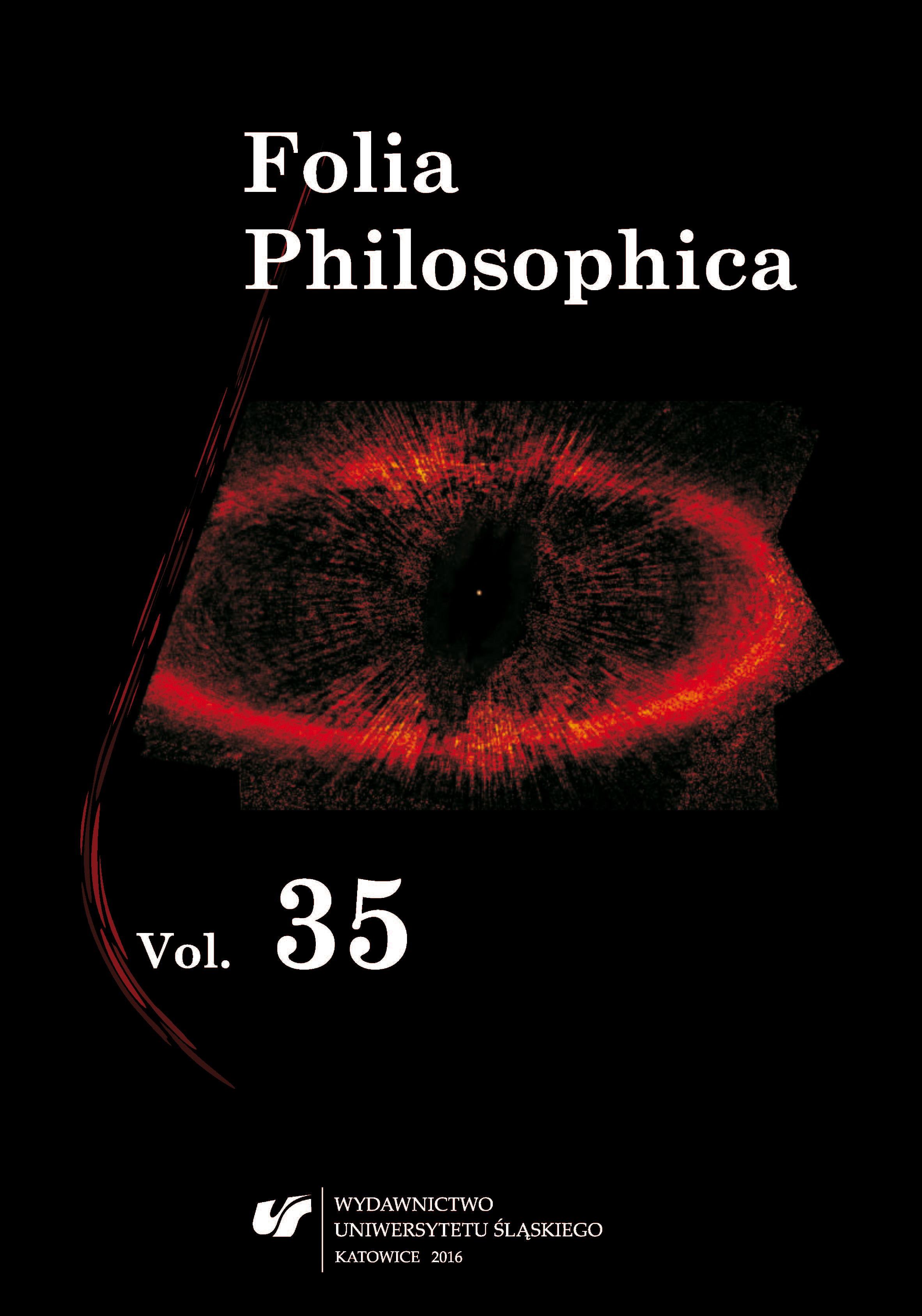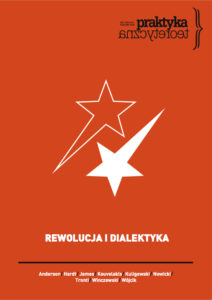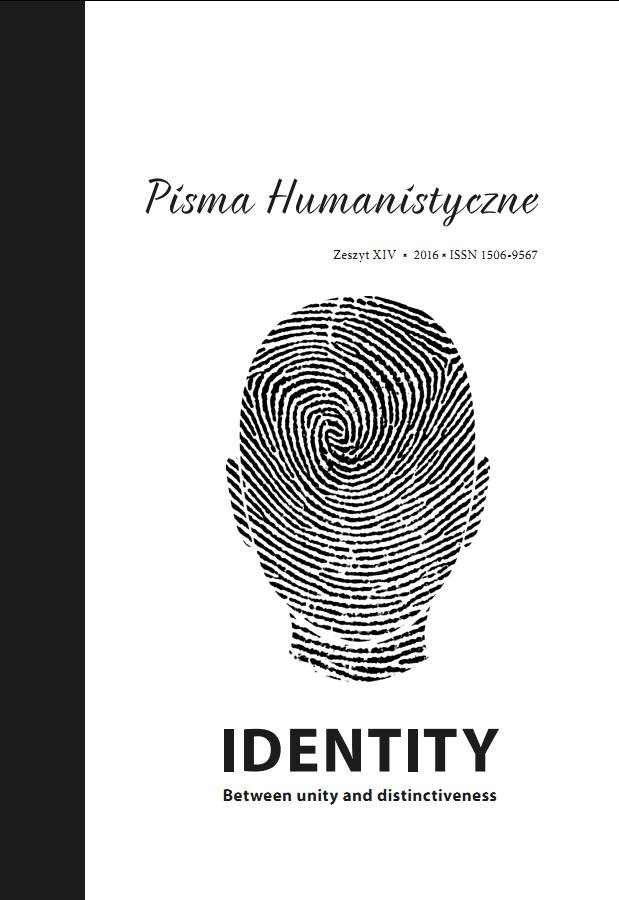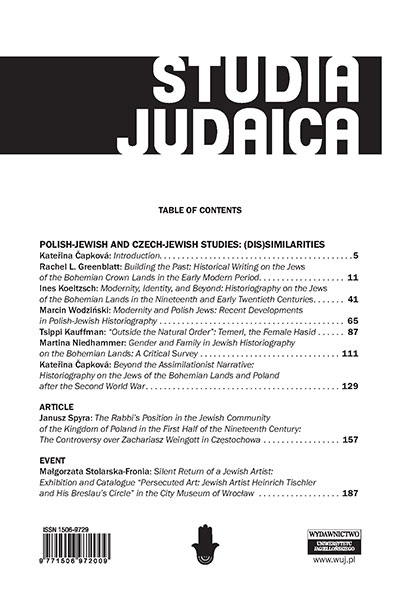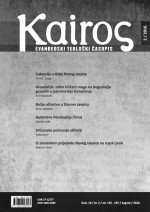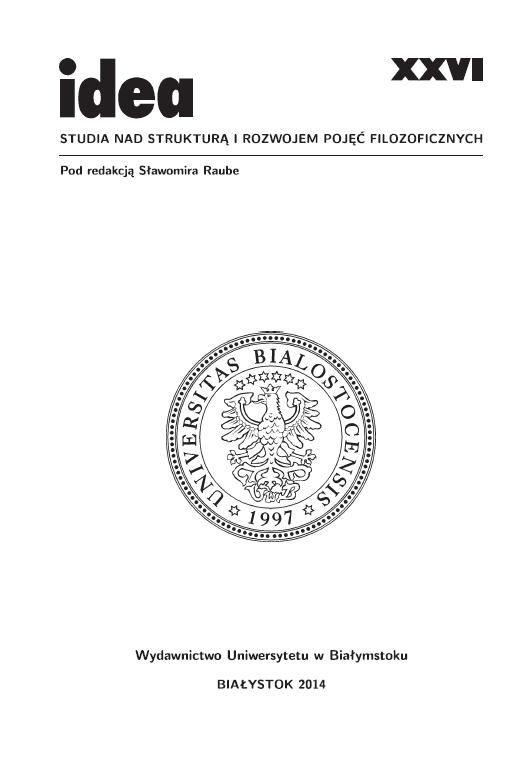
"Food for Peace": The Vegan Religion of the Hebrews of Jerusalem
A debate over the morality of Kosher slaughter [Shechita (Hebrew: שחיטה)] has raged in Poland, Iceland, Norway, Sweden, Switzerland and Denmark, where the Jewish ritual slaughter was outlawed. The more the debate goes on, the more awareness arises to Shechita as a basic Jewish religious practice. Yet veganism is a Hebrew religious operation too. This article discusses Hebrew vegan belief in terms meaningful to Jews, yet considering its utopian nature, in terms applicable to others as well. Both Shechita and veganism have universal Hebrew claims. Yet both claims are to be studied. Within this vast theme, I will analyze here veganism only, with respect to its utopian role and as a theological structure of one, yet global, community: the African Hebrew Israelites of Jerusalem. They believe themselves to be the descendants of Judah, the fourth son of Jacob Israel. They are Jewish by their cultural nature: they observe Shabbat, Torah and a weekly fast. In 70 A.D. after the Romans destroyed the second temple they escaped and fled southward and westward to various nations in Africa two millennia ago where they were sold as slaves and were enslaved in America. They left America in 1967 led by their spiritual leader Ben Ammi, defined their departure as an exodus from America. Via Liberia – where they became vegans – they arrived in Israel in 1969, established an urban kibbutz, a collective communal living which is located in a desert region. Like most Jews, their diet has tremendous importance, but unlike most Jews they are vegan. The African Hebrews have very specific vegan dietary practices. Their tradition includes teaching and studying a special diet, which is vegetarian, organic and self-produced. They observe Shabbat strictly. On Shabbat, they fast and cleanse. This mirrors their spiritual outlook that eating is a hard labor of which they are obliged to rest from by the Ten Commandments. This article presents a breakthrough idea that fasting on Shabbat indeed reflects an ancient Israelite religious tradition. “Food for Peace” s a metaphor for the theology of the Hebrew Israelites of Jerusalem unfolding their messianic utopia through which they believe people may achieve inner peace and even world peace, encompassing decades of powerful hopes, realities and nutritious lifestyle.
More...
